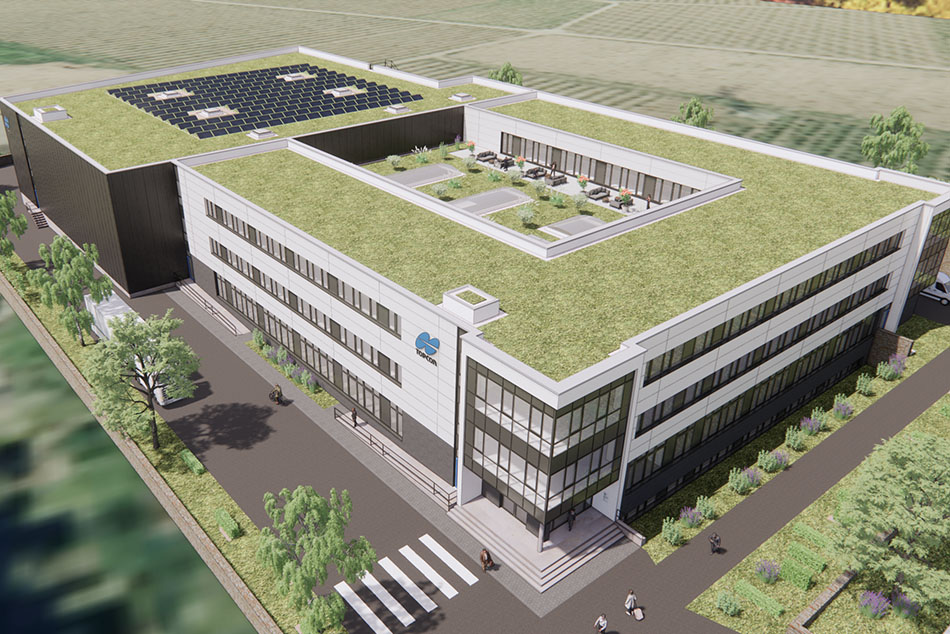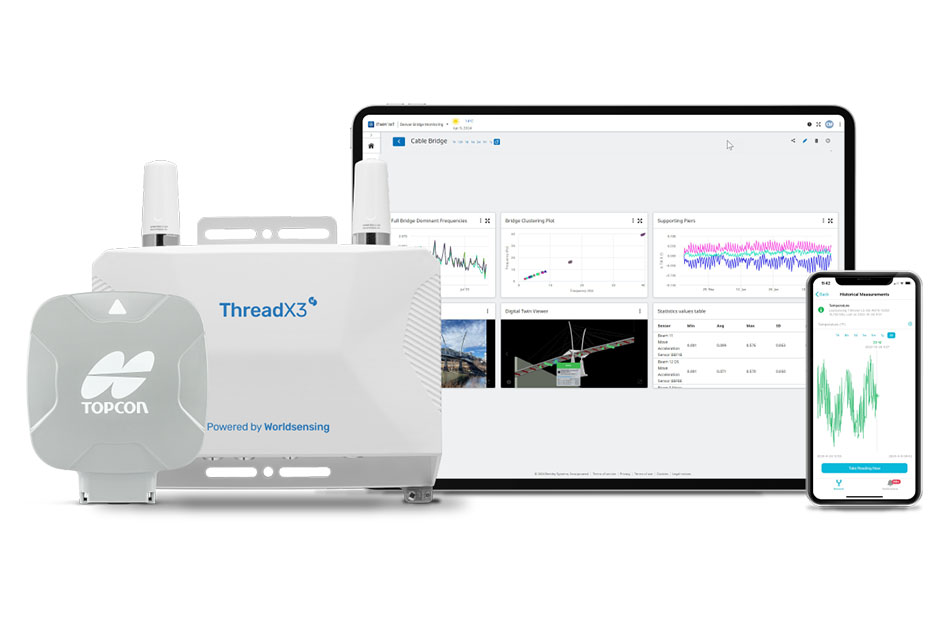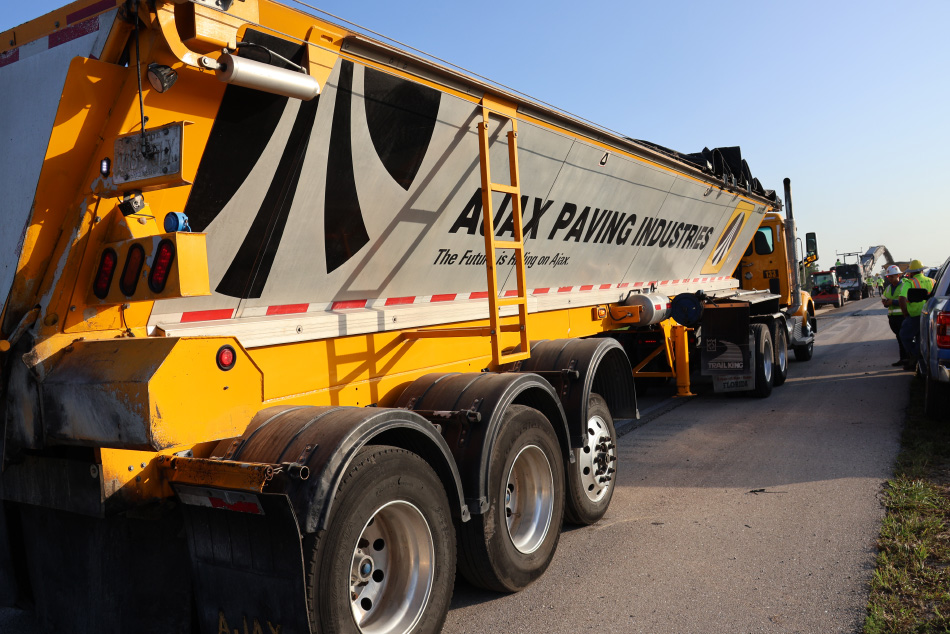Sustaining Momentum
Meeting with the public and the media — often, the non-farm components of both audiences — opens the Petersons up to a barrage of questions about the viability of some farm practices and, inevitably, the issue of sustainability. While the brothers understand the well-intentioned nature of such questions, they are quick to point out that, not only do they already practice some of the more basic principles of sustainability (crop rotation, reduction of tillage, integration of livestock and crops, integrated pest management, etc.), people are missing the bigger point, according to Kendal.
“Often, people with little knowledge of the industry will say: ‘Farms today need to be sustainable,’” he said “Well, there’s a reason our farm has lasted for five generations and that is precisely because of sustainability. A farmer who abuses his animals, his land, and the environment, isn’t going to last five years, let alone five generations. We know what works and what doesn’t in order to keep the farm functioning. Our livestock and crop operations are very integrated and have been for some time. All of our crops either go through our cattle or are fertilized by our cattle. I think that’s why most farms in Kansas have livestock. Two out of every ten years you will have a crop that doesn’t make grain because of lack of moisture, so it becomes feed.”
His brother Greg, concurs, saying that some people will say they need to take a particular action, in order to be sustainable. Yet, doing that very thing would most likely doom their operation. “What is sustainable about that?” he asks rhetorically.
“A good example is for us to stop using herbicides,” he said. “If we were to do that, the farm would be overtaken by weeds, insects or both. Central Kansas, with its harsh summers, sporadic rainfall and variable soil, is a pretty tough environment to farm in. A farmer needs all the tools at his or her disposal to make it work, so it would be impossible for us to go all-organic and remain in business. And if every farm in the U.S. went in that direction, it’s doubtful we’d be able to meet current food demands. Does that mean we shouldn’t have organics? No. But people have to understand that there are so many factors that go into sustainability. It is not a simple, ‘one solution fits all’ thing.”
Changes in Attitude
By now it should be obvious that the Petersons love the profession they’ve chosen, want to change the many misperceptions that plague it and have been very good at doing just that. They are, quite literally, the embodiment of the term that has arisen and been used to describe those involved in efforts like theirs: Agvocates.
“One of the things that has motivated us is a need to answer people’s questions about agriculture and correct some of the notions they have about farming,” said Greg. “I think it’s painful to go online and see that people still envision farmers as people with pitchforks and overalls. So, our motivation was, and still is, to use social media to show people what farming is really like, what goes into it, where their food actually comes from.”
He adds that there is some pushback to the “Agvocates” term from some farmers who feel it’s a waste of time to try to reach people and change their perceptions. The brothers have even been accused of doing it for attention and personal gain but shrug off the naysayers. They are more concerned about getting their message out and dispelling misinformation about their livelihood.
“Despite stories in the press saying that the family farm is dying, in the U.S. today, 97% of all farms are still family farms — very few are corporate, non-family operated businesses,” he said. “The family farm is not dead, it is just getting bigger; it stands to reason that there are fewer of them than, say, 20 years ago. We love farming and know that helping people better understand what we do and how we do it is a benefit to both them and us. If there’s any industry in America worth promoting it is this one, so we will keep doing what we can to make people a bit better informed, one video, one appearance, one Tweet at a time.”
See the Peterson Brothers YouTube channel here.















